By: Stephanie Pappas, LiveScience Senior Writer
Published: 07/01/2012 11:03 AM EDT on LiveScience
When watching the Summer Olympics, take a good look at the hands of the competitive swimmers. Chances are, their fingers will be slightly spread. Now new research finds that this hand position creates an "invisible web" of water that gives swimmers more speed.
"It is a counterintuitive idea, the fact that you should paddle with a fork, not with an oar," said study researcher Adrian Bejan, a professor of mechanical engineering at Duke University.
In fact, Bejan and his colleagues found that interactions between the hand and the water when the fingers are slightly spread increase the total force a swimmer can exert, translating to faster times in the pool.
The reason, Bejan told LiveScience, has to do with something called a boundary layer. When a solid object moves through a fluid, the layer of fluid that touches the surface "sticks," in essence getting dragged along with the object. [Twisted Physics: 7 Mind-Blowing Findings]
When swimmers spread their fingers just right, each individual digit forms its own boundary layer, as if it's "dressed in a sleeve of water that moves with the finger," Bejan said.
"It's like having an invisible web," he said.
Webbed feet and hands, of course, are a common trait of swimming animals from frogs to whales. In human swimmers, the invisible web of water allows them not to propel themselves faster, but to better lift themselves out of the water. That's where the speed comes from, Bejan said. Swimmers push against the water's surface not unlike South American basilisk lizards, which can scamper on top of water by slapping their big feet against the surface. This force propels the swimmers out of the water, where they then fall forward, generating a horizontal wave.
"The higher you are above the water, the faster you fall forward and you see this effect in greater speed," Bejan said.
With ideal finger spacing, the forces a swimmer can exert are 53 percent greater than those produced with no finger spacing, Bejan and his colleagues reported online June 9 in the Journal of Theoretical Biology. For aspiring swimmers at home, the perfect spacing is between 0.2 and 0.4 times the diameter of the finger itself.
The findings could have implications for better swimming robots and propulsion systems, Bejan said. They're also handy for those trying to beat personal bests in the water.
"I've been experimenting with this myself when I swim," Bejan said. "I know now that the force with which I hit the water is definitely greater if I spread my fingers this way."
Follow Stephanie Pappas on Twitter @sipappas or LiveScience @livescience. We're also on Facebook & Google+.